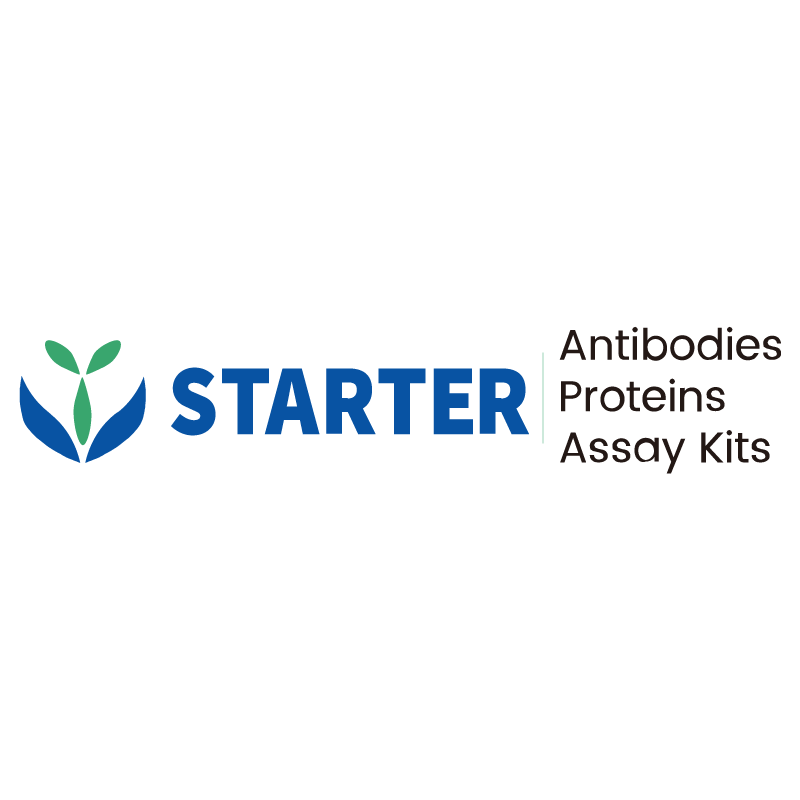WB result of E2F-1 Recombinant Rabbit mAb
Primary antibody: E2F-1 Recombinant Rabbit mAb at 1/1000 dilution
Lane 1: HEK-293 whole cell lysate 20 µg
Lane 2: HeLa whole cell lysate 20 µg
Secondary antibody: Goat Anti-rabbit IgG, (H+L), HRP conjugated at 1/10000 dilution
Predicted MW: 47 kDa
Observed MW: 62 kDa
This blot was developed with high sensitivity substrate
Product Details
Product Details
Product Specification
| Host | Rabbit |
| Antigen | E2F-1 |
| Synonyms | Transcription factor E2F1; E2F-1; PBR3; Retinoblastoma-associated protein 1 (RBAP-1); Retinoblastoma-binding protein 3 (RBBP-3); pRB-binding protein E2F-1; RBBP3; E2F1 |
| Immunogen | Synthetic Peptide |
| Location | Nucleus |
| Accession | Q01094 |
| Clone Number | S-2580-78 |
| Antibody Type | Recombinant mAb |
| Isotype | IgG |
| Application | WB |
| Reactivity | Hu |
| Positive Sample | HEK-293, HeLa |
| Purification | Protein A |
| Concentration | 0.5 mg/ml |
| Conjugation | Unconjugated |
| Physical Appearance | Liquid |
| Storage Buffer | PBS, 40% Glycerol, 0.05% BSA, 0.03% Proclin 300 |
| Stability & Storage | 12 months from date of receipt / reconstitution, -20 °C as supplied |
Dilution
| application | dilution | species |
| WB | 1:1000 | Hu |
Background
E2F-1 is a 437-amino-acid transcription factor that sits at the apex of cell-cycle control, binding as a heterodimer with DP-1 to the consensus TTTCCCGC element in promoters of genes encoding S-phase regulators such as cyclin E, cyclin A and DNA polymerase-α; its activity is restrained in G0/G1 by direct association with the tumor-suppressor Rb, and upon mitogenic phosphorylation of Rb by cyclin-D-dependent kinases E2F-1 is liberated to activate transcription, while DNA damage triggers ATM/ATR-mediated phosphorylation and stabilization of E2F-1, converting it into a potent inducer of p53-independent apoptosis via transcriptional up-regulation of p73, Apaf-1 and caspases; accordingly, E2F-1 acts as both a canonical driver of proliferation and, under stress, a guardian against oncogenic transformation, and its gene is amplified or overexpressed in several human cancers yet germ-line polymorphisms that reduce E2F-1 levels are linked to increased lymphoma risk, illustrating the delicate balance of E2F-1’s dualistic role in life and death decisions of the cell.
Picture
Picture
Western Blot


